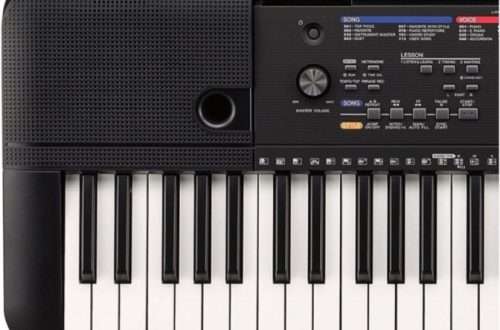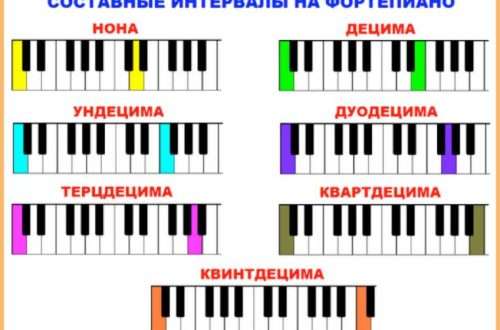Ancient church modes: briefly for solfegists – what are Lydian, Mixolydian and other sophisticated musical modes?
Contents
Once in one of the articles devoted to the musical mode, it was already said that there are just a ton of modes in music. There really are a lot of them, and the most common modes of classical European music are major and minor, which also have more than one variety.
Something from the history of ancient frets
But before the appearance of major and minor and their final consolidation with the establishment of a homophonic-harmonic structure in secular music, completely different modes existed in professional European music – they are now called ancient church modes (they are also sometimes called natural modes). The fact is that their active use occurred precisely during the Middle Ages, when professional music was predominantly church music.
Although in fact, the same so-called church modes, albeit in a slightly different form, were not only known, but were also very interestingly characterized by some philosophers back in ancient music theory. And the names of these modes are borrowed from ancient Greek musical modes.
These ancient modes have some peculiarities of mode organization and formation, which, however, you, schoolchildren, do not need to know about. Just know that they were used in both single-voice and polyphonic choral music. Your task is to learn how to build modes and distinguish between them.
What kind of old frets are these?
Pay attention to: There are only seven ancient frets, each of them has seven steps, these modes are not, in the modern sense, either a full-fledged major or a full-fledged minor, but in educational practice the method of comparing these modes with natural major and natural minor, or rather with their scales, has been established and successfully works. Based on this practice, purely for educational purposes, two groups of modes are distinguished:
- major modes;
- minor modes.
Major modes
Here are the modes that can be compared to natural major. You will need to remember three of them: Ionian, Lydian and Mixolydian.
Ionian mode – this is a mode whose scale coincides with the scale of natural major. Here are examples of the Ionian mode from different notes:
Lydian mode – this is a mode that, compared to natural major, has a fourth high degree in its composition. Examples:
Mixolydian mode – this is a mode that, in comparison with the natural major scale, contains a seventh low degree. Examples are:
Let’s summarize what has been said with a small diagram:
Minor modes
These are the modes that can be compared to natural minor. There are four of them that can be remembered: Aeolian, Dorian, Phrygian + Locrian.
Aeolian mode – nothing special – its scale coincides with the scale of the natural minor (the major analogue – you remember, right? – Ionian). Examples of different such Aeolian Ladics:
Dorian – this scale has a sixth high level compared to the natural minor scale. Here are examples:
Phrygian – this scale has a low second degree compared to the natural minor scale. See:
Locrian – this mode, compared to the natural minor, has a difference in two steps at once: the second and fifth, which are low. Here are some examples:
And now we can again summarize the above in one diagram. Let’s summarize it all here:
Important design rule!
For these frets there is a special rule regarding design. When we write notes in any of the named modes – Ionian, Aeolian, Mixolydian or Phrygian, Dorian or Lydian, and even Locrian, and also when we write music in these modes – then at the beginning of the staff there are either no signs, or signs are set immediately taking into account unusual levels (high and low).
That is, for example, if we need a Mixolydian from D, then when comparing it with D major, we do not write a lowered degree C-bekar in the text, do not set C-sharp or C-bekar in the key, but do without bekars and extra ones at all sharps, leaving only one F sharp at the key. It turns out to be a sort of D major without a C sharp, in other words, a Mixolydian D major.
Interesting feature #1
Look what happens if you build scales of seven steps from the white piano keys:
Curious? Take note!
Interesting feature #2
Among the major and minor tonalities, we distinguish parallel ones – these are tonalities in which different modal inclinations, but the same composition of sounds. Something similar is also observed in ancient modes. Catch:
Did you grab it? One more note!
Well, that’s probably all. There is nothing special to rant about here. Everything should be clear. To build any of these modes, we simply build the original major or minor in our minds, and then easily and simply change the necessary steps there. Happy solfegeing!




